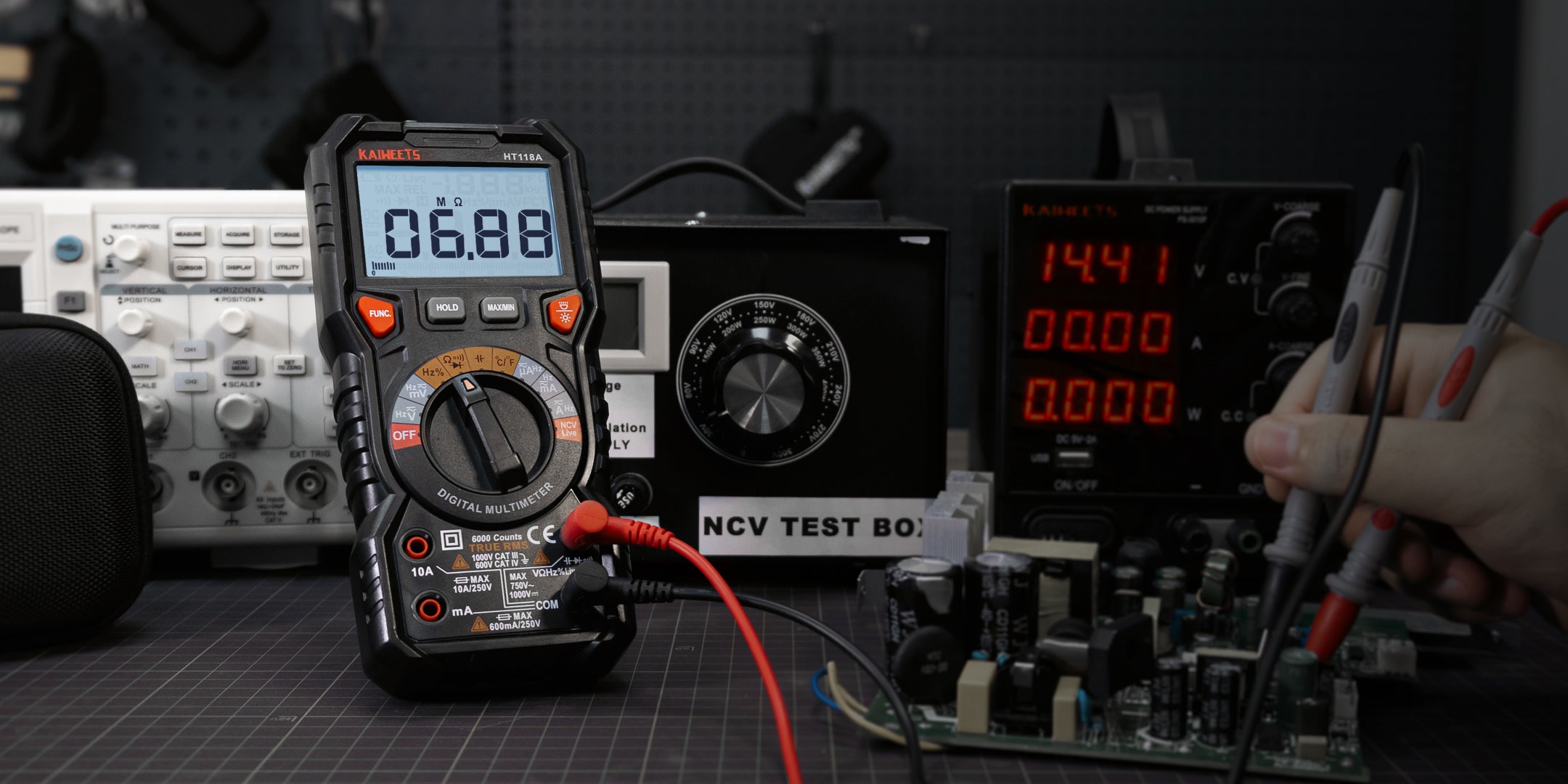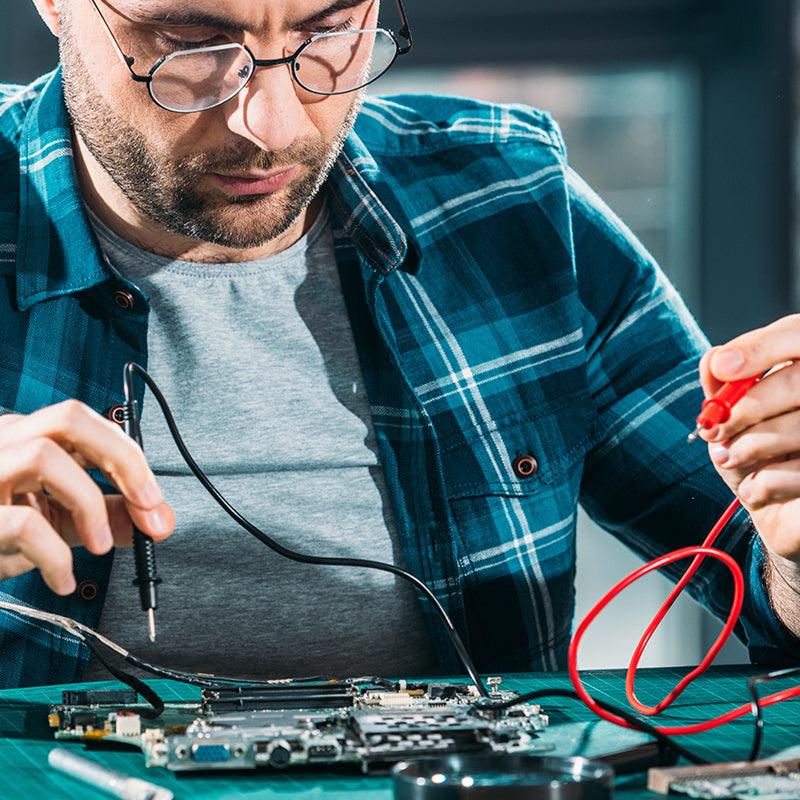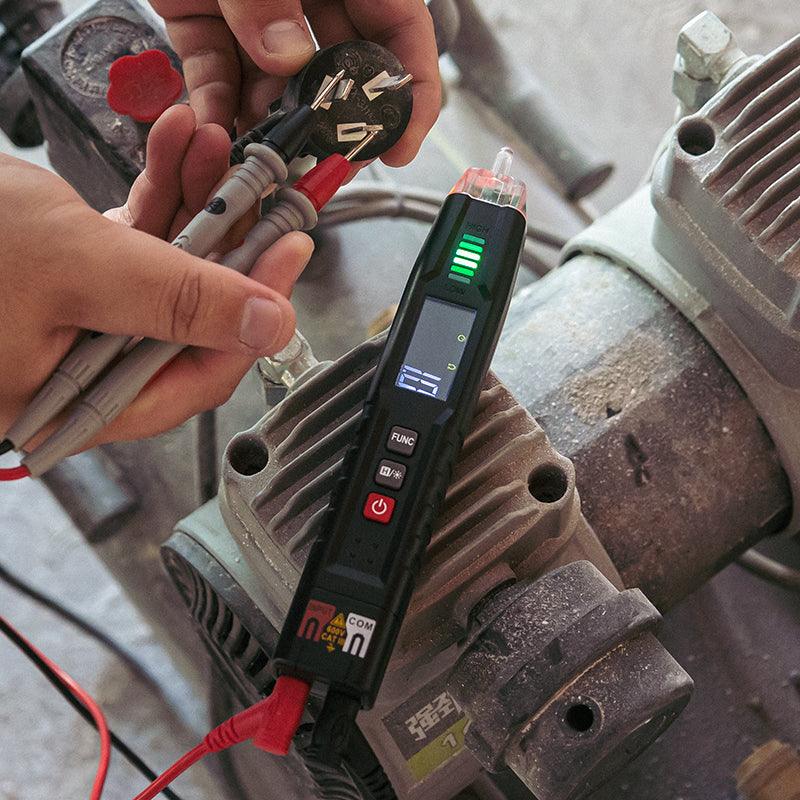The fuel rail pressure sensor is a small but critical component of the fuel system of a car. It measures fuel system pressure and facilitates the discovery of leaks, particularly those produced by gasoline evaporation. A defective fuel pressure sensor can cause a number of problems, including a shift in the air-to-fuel ratio and poor vehicle performance. A multimeter can be used to test the fuel rail pressure sensor. This post will teach you how to quickly test a fuel rail pressure sensor.
What Can Cause a Fuel Rail Pressure Sensor to Fail?
The fuel rail pressure sensor is responsible for monitoring the pressure of the fuel in the fuel injectors. If the sensor is not working properly, it can cause the engine to run erratically or even stall. There are a few things that can cause the sensor to fail, including:
- A build-up of dirt or debris on the sensor
- A loss of power to the sensor
- A short circuit in the sensor
- A faulty connection to the sensor
If you suspect that your fuel rail pressure sensor is failing, it's important to have it checked out by a professional as soon as possible. Otherwise, you may end up stranded on the side of the road with an engine that won't start.
Signs and Symptoms of a Faulty Fuel Rail Pressure Sensor
If your car is equipped with a fuel rail pressure sensor, it's important to know the signs and symptoms of a failing sensor. A faulty fuel rail pressure sensor can cause your car to run lean, or use too much fuel. Additionally, it can cause your car to hesitate or stall when accelerating. If you notice any of these issues, it's important to have your vehicle checked out by a professional as soon as possible.
One of the first signs of a failing fuel rail pressure sensor is poor fuel economy. If your car suddenly seems like it's using more gas than usual, it could be due to a problem with the sensor. Additionally, if your car starts to hesitate or stall when accelerating, this could also be a sign of a failing sensor. If you notice either of these issues, it's important to have your vehicle checked out by a professional to avoid further damage.
Additionally, a faulty fuel rail pressure sensor can cause your car to run lean. This means that there is less fuel being delivered to the engine than what is needed. This can cause your car to stall or hesitate when accelerating. If you notice this issue, it's important to have your vehicle checked out by a professional as soon as possible.
Finally, a failing fuel rail pressure sensor can also cause your check engine light to come on. If you notice this, it's important to have your vehicle checked out by a professional right away.
How to test the fuel rail pressure sensor with a multimeter?
- Locate the fuel rail pressure sensor. The sensor is usually located on the fuel injector rail.
- Disconnect the sensor electrical connector.
- Set the multimeter to the ohms setting.
- Place the multimeter probes on the sensor terminals. If there is no continuity, then the sensor is faulty and needs to be replaced.
- Reconnect the sensor electrical connector.
- Start the engine and check for proper operation. If the fuel rail pressure sensor is not functioning properly, then the engine will run erratically or may not start at all."
How to replace a fuel rail pressure sensor if necessary?
If your car is having trouble starting, or if the engine is sputtering and misfiring, it could be a sign that the fuel rail pressure sensor needs to be replaced.
In order to do this, you'll need to first locate the sensor, which is usually located on the fuel injector rail. Once you've found it, you'll need to disconnect the electrical connector and then remove the retaining clip or bolts. After that, you can simply pull out the old sensor and insert the new one in its place. Be sure to reconnect the electrical connector and secure the retaining clip or bolts before starting your car's engine. If you're not comfortable performing this task yourself, be sure to take your car to a qualified mechanic for assistance.
If you suspect that your fuel rail pressure sensor is failing, it's important to have your vehicle checked out by a professional as soon as possible. A failing sensor can cause a number of problems, so it's important to get it fixed before any further damage is done.
Tips for maintaining your car's engine and preventing common problems
- What is a fuel rail pressure sensor and what does it do in the car engine
- How to test the fuel rail pressure sensor with a multimeter
- Common problems that can occur with the fuel rail pressure sensor and how to fix them
- How to replace a fuel rail pressure sensor if necessary
- Tips for maintaining your car's engine and preventing common problems
Tips for maintaining your car's engine and preventing common problems
- Check your engine oil regularly and change it according to your car's specifications. Dirty or old oil can cause a build-up of debris and sludge, which can clog your engine and lead to problems.
- Keep your cooling system in good working order. A properly functioning cooling system is essential for preventing engine overheating, which can cause serious damage.
- Make sure your car has fresh, clean fuel. Dirty or contaminated fuel can cause performance issues and damage your engine over time.
- Have your car's emissions system checked regularly. A well-maintained emission control system is important for reducing pollution and protecting the environment.
- Get regular tune-ups and maintenance checks. These can help identify potential problems early on before they cause serious damage.
Following these tips can help you keep your car's engine in good condition and prevent common problems. If you have any concerns about your engine, be sure to consult with a qualified mechanic.
Frequently Asked Questions
How many volts should be in the fuel rail pressure sensor?
The answer to this question can vary depending on the engine's speed. For example, when an engine is stationary, the voltage will be around 0.5 volts. However, during periods of idling, the voltage will drop to approximately 1.32 volts. Under conditions of snap acceleration, the voltage will increase to approximately 3.77 volts. Plus or minus a few tenths of a volt is considered the normal range for all these readings. So if you're noticing anything outside of that range, it could be indicative of a problem with your fuel rail pressure sensor.
What happens if the fuel rail pressure sensor is unplugged?
If the fuel rail pressure sensor is unplugged, the pump will run at a set speed and may cause the engine to run at reduced power and throttle. This can lead to decreased fuel economy and increased emissions. It is therefore important to ensure that the sensor is properly connected and functioning before operating the vehicle.
How do I know if my fuel sensor is bad?
If your car is having trouble starting, stalling, or running rough, it may be time to check your fuel sensor. A bad fuel sensor can cause all sorts of engine performance issues, so it's important to know how to spot one. Here are a few signs that your fuel sensor may be going bad:
- Your car is hard to start
- Your car stalls frequently
- Your car runs rough
- Your check engine light is on
If you notice any of these issues, it's a good idea to take your car to a mechanic and have them check the fuel sensor. They can diagnose the problem and let you know if the sensor needs to be replaced.
Conclusion:
In conclusion, testing your fuel rail pressure sensor is a relatively easy process that can be done at home with a multimeter. By following the steps above, you can quickly and easily test your sensor to see if it is functioning properly. If you find that your sensor is not working as it should, then you will need to replace it.






